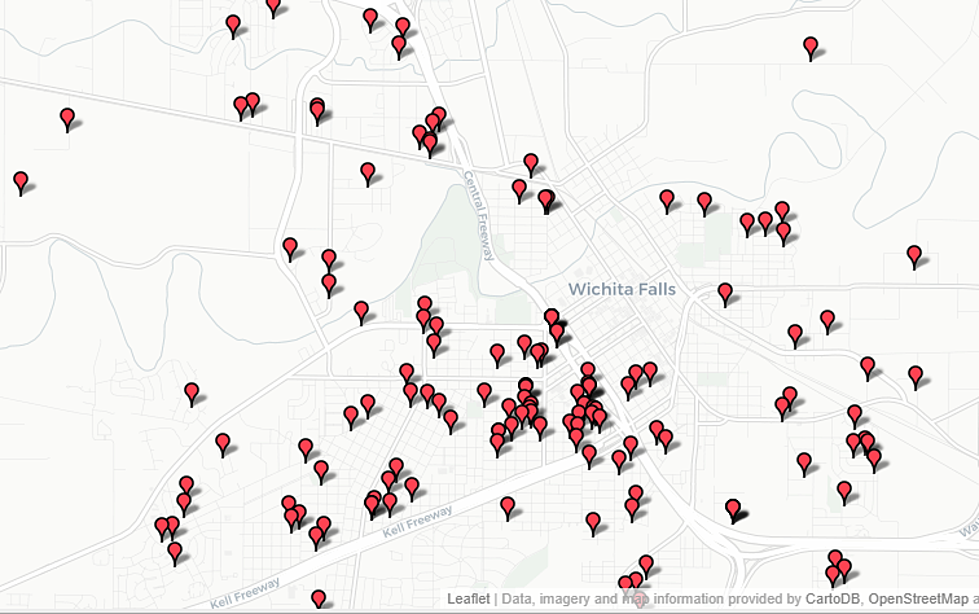
What Every Parent Needs to Know About Changes in the Classroom
Across the country, parents are beginning to notice that today’s classroom looks quite different from what they experienced in their own school days. From personalized learning technologies to new educational standards, teachers and administrators are using a variety of tools to ensure students are better prepared to succeed than ever before.
In this era of innovation in education, this school year will be particularly exciting in part because states will be piloting assessments aligned to the Common Core State Standards, the new set of K-12 educational standards designed to improve students’ readiness for college and future careers.
So just what do these changes mean for your kids?
Shift to New Standards
Schools nationwide are finding new ways to provide individually tailored lesson plans while addressing the Common Core State Standards, often relying on a new generation of educational technologies that help students learn and succeed at their own pace.
McGraw-Hill Education’s Reading Wonders is one such tool. Available in both all-digital and print/digital formats, it is the first K-6 core reading program designed specifically for the new standards.
“Even before the advent of the Common Core, we knew that preparing students for the demands of college and careers required setting a solid foundation in skills such as reading comprehension and writing,” said Christine Willig, senior vice president of products at McGraw-Hill School Education. “When the new standards reiterated the importance of these skills, we saw an opportunity to build an entirely new program that would address the Common Core requirements, by leveraging contemporary cognitive science about how we learn, using cutting-edge digital tools.”
Personalized Learning
Education research has shown that instruction becomes more effective when tailored to students’ unique learning styles and needs. Personalized learning tends to lead to deeper learning – which will help students meet many of the new Common Core standards. As classrooms continue getting bigger however, delivering that sort of individual attention to students becomes more difficult.
With this in mind, Reading Wonders was built using entirely new educational technology, offering interconnected platforms personalized for students and teachers and accessible across any device.
Other digital learning tools use additional techniques to help students succeed. McGraw-Hill Education’s LearnSmart and FLEX Literacy, for example, each use “adaptive” technology to continually assess students’ knowledge, skill and confidence levels and to create a unique study path designed to help each student in the topics and concepts they need most – a level of personalization previously only available from a personal tutor. LearnSmart delivers this adaptive learning experience for a variety of high school subject areas, while FLEX Literacy incorporates it into a comprehensive, Common Core-specific reading and language arts intervention system for students in Grades 3–8.
In this ever-evolving educational landscape, keeping up with the changes can seem daunting – but it needn’t be. Parents can rest assured that teachers are increasingly equipped with new technologies that ensure their students are getting the personalized attention they need to improve their chances for long-term success.
More From Newstalk 1290


![Best Swimming Holes in Texas [PHOTOS]](http://townsquare.media/site/142/files/2019/05/Hamilton-Pool-Corey-Van-Zandt-10.jpg?w=980&q=75)

![Halloween Haunted Houses and Events in the Wichita Falls Area [2018]](http://townsquare.media/site/175/files/2013/09/2143669751_d144457163_z.jpg?w=980&q=75)
![Best Halloween Pumpkin Patches in Wichita Falls [2018]](http://townsquare.media/site/153/files/2012/09/pumpkin.jpg?w=980&q=75)



